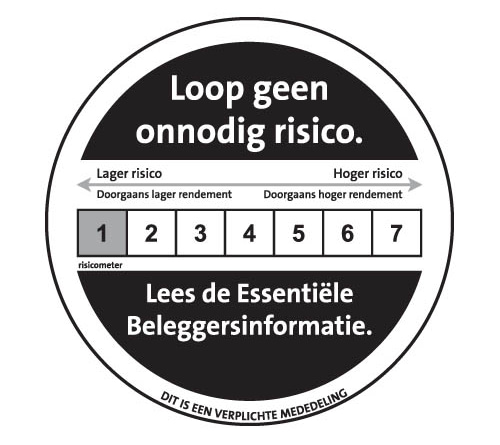Econometrics and the real world …
Econometrics offers a toolkit that is extremely useful in a wide variety of real-life applications. Not surprisingly, many companies try to recruit the best students even before they finish their MSc thesis. Nevertheless, in my experience many students do not have a clear view on which aspects of their training will be valued most in the real world.
Many things changed over the more than 25 years that I teach at Tilburg University. Almost all lectures are in English nowadays and students have much better presentation skills than 25 years ago. Moreover the level of the courses has gone up substantially although the students now have to finish their studies in a much shorter time span than in the old days. However, one aspect definitely did not change: students in econometrics are still tempted to think that an answer with five decimals is to be preferred over an answer with three decimals. I guess this tendency for pseudo-precision reflects the emphasis on mathematical precision especially in the BSc curriculum. This emphasis is useful to be able to read the academic literature or even contribute to it and to understand what do you in applied work. Nevertheless, econometrics in the real world requires a different attitude. Many assumptions are to be made that could have an impact on the result. Typically not all simplifying assumptions can be simultaneously avoided in building a manageable model to address the question at hand. Likewise input parameters (e.g. the expected return on investments) are often highly uncertain. The dominant model and parameter risk in application urges one to be very cautious with the precision that is claimed for the empirical findings.
As an example of the above, consider informing retail investors about the possible returns an investment product can achieve. In the Netherlands, providers of investment products are obliged to inform the investors about the investment risk using a so-called Essential Investors Information Label (see figure). The econometrics behind this label is developed in Tilburg and is in fact surprisingly simple. The assumption is made that all risk drivers (e.g. stock returns) are i.i.d. (log)normal. First-year econometrics students can easily test and reject this hypothesis. The true distribution is much more complicated, has fat tails (more extreme outliers) and time varying variance; moreover, subsequent returns are correlated. That is not the point though. To be able to offer a label to alert retail investors to risky investment products it is important to use accessible simple models that even lawyers can understand.
The Dutch parliament currently considers a new law that, in econometric language, will prescribe that pension funds provide information on the quantiles of the purchasing power of their future pension income to all participants. A big step forward, because currently only the currently accrued rights are reported, as if there is no uncertainty in future pension income. Modelling these quantiles is even more challenging than modelling future investment returns. The Dutch government has selected the so-called KNW model, proposed in a paper with Ralph Koijen, Bas Werker and the undersigned in an academic top journal (Review of Financial Studies), to do the job. The KNW model models the uncertainty in equity returns, interest rates and inflation rates. Ralph was a Tilburg econometrics student not too long ago and is now a very visible top-researcher. His career could be your future as well. However the brightest minds are not only needed just to extend the toolkit even further, but also to set it to work in real-life applications. The KNW model can be simulated and quantiles can be computed within the model in as many decimals as the user prefers, but that does not solve the real-life challenges to be answered. Pension and insurance products are often highly complex and while simulation of the KNW model provides all answers, many econometricians in the industry are currently looking for simplifying models and computational procedures that provide reliable risk information to participants but avoid computational complexities. KNW also implies (log)normal (excess) returns on equities. Even a model that can be rejected by first-year econometrics students has to be simplified to be used in society. A true challenge for econometrics to offer adequate but simple models, which focus on what is needed in the application at hand!
Text by: Theo Nijman




